Ten months after the passage of the $1.9 trillion American Rescue Plan Act (ARP), local officials across the United States continue to possess significant opportunities to deploy the act’s $350 billion in flexible Coronavirus State and Local Fiscal Recovery Funds (SLFRF) to address critical priorities. And last week, these leaders received final guidance on how to use this massive investment to build an inclusive future for their communities.
Back in May 2021, the U.S. Department of the Treasury published an interim final rule laying out permitted SLFRF uses, and invited feedback from local officials and other experts. It provided state and local officials with guidance on four statutorily prescribed uses: responding to COVID-19’s public health and economic impacts; providing premium pay; investing in water, sewer, and broadband infrastructure; and replacing lost public sector revenue.
Subsequently, cities, counties, and states issued preliminary reports detailing how they intended to use SLFRF dollars. However, as we observed last fall, the lack of a final rule from Treasury on implementing the program may have discouraged some cities from making firm decisions about how they would use their funding allocations, as they awaited clarifications or assurances regarding eligible activities.
So it was welcome news on January 6 when Treasury issued the final SLFRF rule, which will officially take effect on April 1, 2022. The final rule provides useful clarifications in some areas (including a helpful Treasury overview), and substantive expansions of eligible activities in others. Critically, if an activity was eligible according to the interim rule, it almost certainly remains eligible in the final rule.
Notably, the final rule provides local officials with important new guidance on using the funds to support public sector operations. This includes establishing a $10 million floor for classifying funds as revenue replacement—most relevant for small jurisdictions—and allowing recipients to hire or rehire government employees above pre-pandemic baseline staff levels. (The National League of Cities [NLC] highlighted 10 important takeaways from the new rule for city leaders, and the National Association of Counties [NACo] provided a detailed breakdown of what’s new and notable in the rule.)

As we saw throughout the past year, many larger cities and counties remain eager to use SLFRF dollars not only to provide needed relief to families and communities still suffering from COVID-19’s impacts, but also to invest in people and places to address preexisting challenges that exacerbated the pandemic’s negative effects. We’ll be exploring these priorities in a new Local Rescue Plan Tracker, launching in late January in partnership with NLC and NACo. For now, the final rule provides helpful direction and encouragement for local leaders to invest in the present and future of lower-income families and communities.
State and local governments can provide a range of economic aid to impacted people and places
Treasury’s final rule provides additional clarification on eligible recipients of SLFRF economic aid. In general, states and localities can provide aid only to individuals and households that suffered economically due to the pandemic. As the interim rule outlined, evidence abounds that lower-income people and places faced negative economic impacts from the pandemic, both because they worked in jobs more vulnerable to public health measures (e.g., hospitality and retail) and because they had preexisting challenges that exacerbated the pandemic’s toll (e.g., unsafe housing, lack of reliable internet access or high-quality health care).
While states and localities must generally document that recipients of SLFRF economic aid suffered due to the pandemic, Treasury’s final rule stipulates that they can presume those impacts for low- and moderate-income individuals (those in families with incomes under 300% of the federal poverty line, or roughly $66,000 for a family of three), as well as individuals who qualify for certain federal benefits such as Medicaid, the Children’s Health Insurance Program (CHIP), or child care subsidies. For these individuals and households, the final rule enumerates a range of assistance types that states and localities can use SLFRF dollars to provide, such as food, housing, health insurance, job training, financial services, child care, broadband subsidies, and cash assistance. Essentially, most any state or local program that provides direct economic help to lower-income people is an eligible SLFRF use.
The interim rule identified an additional class of individuals and communities that suffered “disproportionate” negative impacts from the pandemic due to underlying economic distress. The final rule clarifies that to help these people and places, states and localities can make eligible SLFRF investments in both local services and the physical environment, including medical clinics and community health workers; removal of lead paint and other environmental remediation; improvements to vacant land and properties; and school-based facilities and services. These households and communities must have incomes (or median incomes, in the case of neighborhoods) below 185% of the federal poverty line, or roughly $40,000. The final rule maintains the interim rule’s simplifying assumption that all households living in Qualified Census Tracts (QCTs) have suffered disproportionate impact.
Thus, many types of investments that happen under the heading of “community economic development” constitute eligible SLFRF uses, although recipients must provide some additional documentation to Treasury regarding significant capital expenditures. In this way, the final rule provides a green light to local officials seeking to invest in the long-run economic revitalization of lower-income neighborhoods.
States and localities have increased latitude to invest in small business recovery, especially in lower-income neighborhoods
Many SLFRF recipients have already dedicated a portion of their funds to assist small businesses that lost significant revenues during the pandemic. Detroit and Louisville, Ky., among many other cities, committed substantial SLFRF aid to small business recovery.
For aid to small businesses, Treasury’s final SLFRF rule clarifies a rubric similar to that for individuals, households, and communities. “Impacted” small businesses and nonprofits include those that suffered revenue declines, increased costs, or other cost challenges (rent, payroll, etc.) due to the pandemic. States and localities can provide grants, loans, and technical assistance through SLFRF to small businesses that can demonstrate such impacts.
State and local programs that distribute SLFRF dollars can further presume that small businesses and nonprofits were “disproportionately impacted” by the pandemic if they are located in QCTs. Similar to economic aid for disproportionately impacted people and places, states and localities may invest in the physical rehabilitation of these businesses and nonprofits, and the corridors in which they concentrate.
For microbusinesses (businesses with five or fewer employees, which grew substantially during the pandemic), officials may provide subsidies to offset costs such as transportation and child care. And recognizing the preexisting barriers to business formation and success in these neighborhoods, they may also support small business startup and expansion costs. In these ways, SLFRF dollars can “juice” support for entrepreneurs in lower-income communities, building on complementary ARP programs such as the State Small Business Credit Initiative.
It’s time for state and local leaders to act
Uncertainty about where the final rules would land on several key issues—and when the COVID-19 pandemic would subside—have understandably led many cities and counties to delay committing ARP dollars. Indeed, that uncertainty remains with respect to COVID-19’s prevalence.
Nevertheless, the arrival of Treasury’s final rule means that now is the time for cities, counties, and states to commit to comprehensive relief and rebuilding plans aided by SLFRF dollars. The clock is ticking: The rule confirms the statutory directive that recipients must obligate the funds by the end of 2024 and fully expend them by the end of 2026. Despite some local hopes to the contrary, it does not permit states and localities to deposit the funds into revolving finance vehicles that would extend their impact further into the future (although they can use SLFRF funds to cover the subsidy costs of longer-term loans issued from revolving vehicles).
As Brookings Metro argued in a recent piece, the ARP opportunity is now knocking for local governments. Strategic jurisdictions will use that opportunity to choose a limited number of areas for sustained, transformative impact—leveraging relationships and building capacity both inside and outside government to foster the conditions for a broad and equitable recovery. The moment demands nothing less.
The Brookings Institution is committed to quality, independence, and impact.
We are supported by a diverse array of funders. In line with our values and policies, each Brookings publication represents the sole views of its author(s).

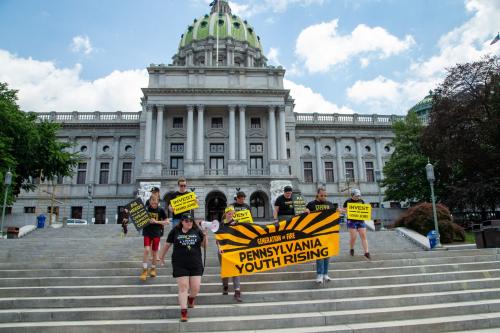
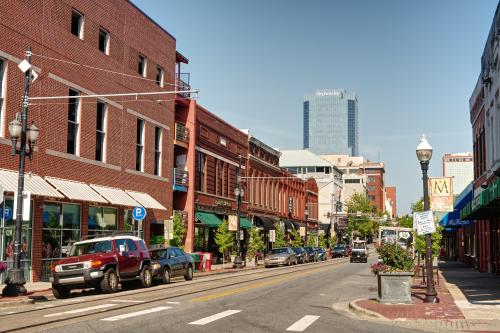

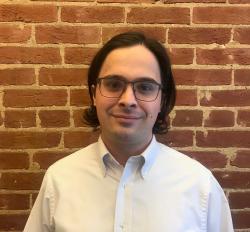
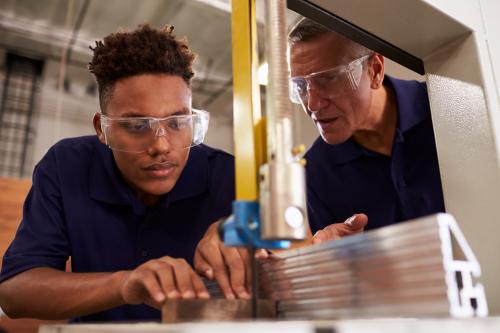
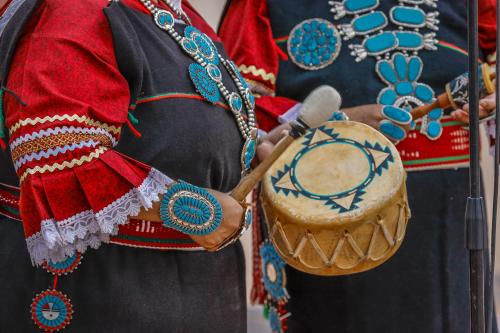

Commentary
Treasury’s final American Rescue Plan guidance means it’s time for local leaders to invest in an inclusive future
January 14, 2022